Part 3 of the beginner’s guide to foraging introduces us to foraging on the coast, covering everything from marsh samphire to mussels and much more in between.
Foraging along a coastline opens up a further range of possibilities for wild edibles, including coastal plants, both on the shore and in the water, and a wide range of molluscs and crustaceans.
Marsh Samphire
One of the best known and most highly regarded coastal forage plants, marsh samphire is not a single species but rather a whole genus, which is delicious raw or steamed, especially with fish. As it grows in tidal marsh flats, it is important to take care when looking for it; always be aware of tide timings and conditions.
Sea Purslane
Sea purslane is found in abundance in salt marshes along the southern coastlines, and is creeping ever further north. Naturally very salty and tender, it is best served raw or lightly steamed as a garnish for fish dishes. Do not steam for too long, as it can become bitter.
Sea Beet
This wild ancestor of beetroot, sugarbeet, and chard is very common around our coastlines, and can be found on upper beaches, coastal defences, and on waste ground adjacent to the coast. This is a plant that can be foraged all year round – but it may be sub-par in January and February; young leaves are at their best in the spring. Carefully cut a few leaves without uprooting the plant, and use them like spinach or chard in various recipes.
Sea Kale
Sadly, sea kale is far more rare around our coastlines than it once was, largely due to the Victorians’ penchant for transplanting it into ornamental gardens. However, if you are lucky enough to come across a large stand, on a coarse sand or shingle beach, taking a few portions of a plant will do little harm. One of the most versatile and delicious forageable plants along our seashores, it provides young shoots in spring, flower heads (like sprouting broccoli) in summer, and mature leaves that can be used like kale.

Seaweeds
One of the most abundant wild coastal foods, all seaweeds easily foraged from the UK shoreline are edible – and some are not only delicious, but also excellent sources of nutrition.
Dulse is one of the most versatile and tasty seaweeds to forage. Gutweed and sea lettuce are great dried and crushed for sprinkling over dishes. Kelp is generally tough to eat, but makes great stock – and can be deep-fried to make crunchy and salty kelp crisps.
Technically, you need the permission of the landowner to take seaweed. In general, however, most landowners won’t mind if you harvest small quantities for personal consumption, but ensure there are no sewage outlets nearby, or algal blooms. Gather fresh seaweed that is still attached and growing, and, so it can continue to grow, take care not to detach the whole plant, and only cut off a little with scissors or a knife.
Only take seaweeds that are plentiful in the area, and make sure to avoid trampling or detaching other species. Harvesting in spring and summer (the period of active growth) is more sustainable as the seaweed’s recovery will be quicker at these times.
Molluscs
Generally speaking, you have the right to harvest small quantities of shellfish or molluscs from the seashore. However, there are laws in some areas which cover how many you can take and when, so it is a good idea to check in advance.
Mussels and periwinkles are abundant and easy to harvest from rocks. Collecting only during months with an ‘R’ in them is sometimes recommended, since algal or bacterial toxins are less likely to be a problem at these times, but always cook foraged shellfish, by steaming or boiling, to kill off any nasties. You may also be able to rake for cockles, or look for razor clams’ holes and pour salt over them to retrieve these from where they live below the sand.
Take care not to forage for any rare or endangered species and be conscious of the need to ensure the continued abundance of the population.
Crustaceans
In certain areas, you may also be able to forage for particular crabs, lobsters, and prawns. Only take home what you actually need, and not more than you can eat. Check all relevant laws, and ensure you follow any ‘minimum size’ requirements, throwing back any that are too small. Keep your catch in cool salt water, then dispatch humanely (not by boiling alive!) and eat as soon as possible.
Adapted from an original article by Elizabeth Waddington on Ethical.net. Catch up with Part 1 here and Part 2 here.
 About the author
About the author
Ethical.net is a collaborative platform for discovering and sharing ethical alternatives, whether purchasing from a social enterprise, thrift shopping, or learning how to fix your old phone instead of buying a new one. They aim to make ethical the new normal.

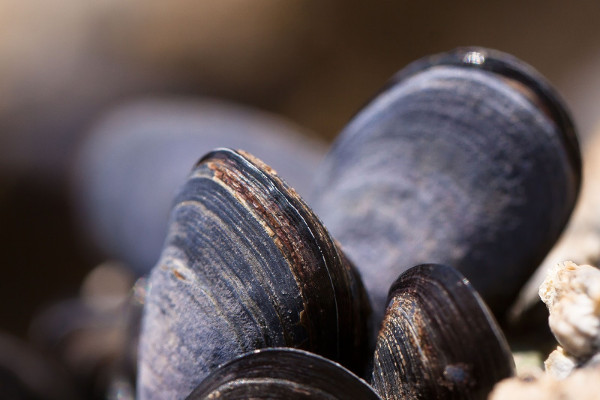
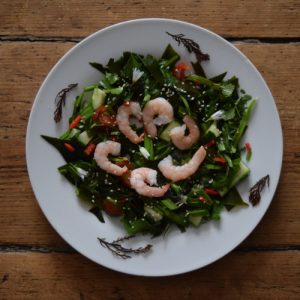
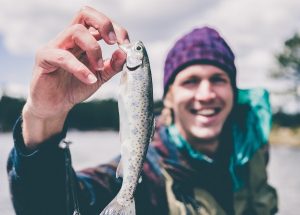
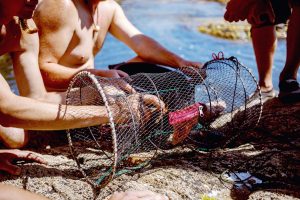

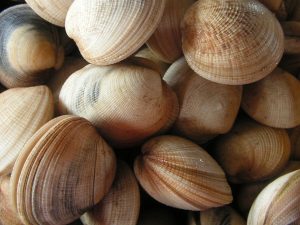
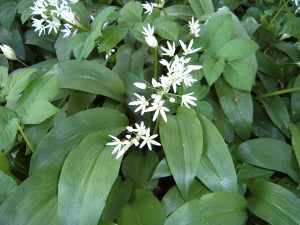
1 Comment
Excellent article Sarah, thank you.
Can you tell us how to kill crabs and lobsters humanely please? Is the freezer humane?